| CULTURAL WAVES |
|
Cultural
Waves Project for Lee Valley Regional Park - 2002 |
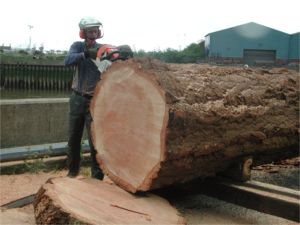 |
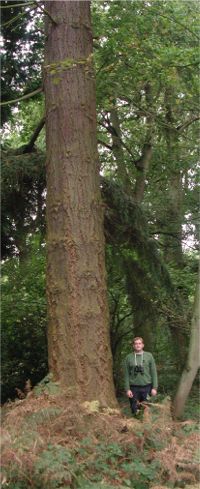 |
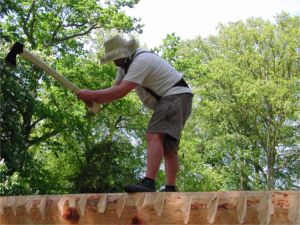 |
Log
Boat Designs and the Project |
|
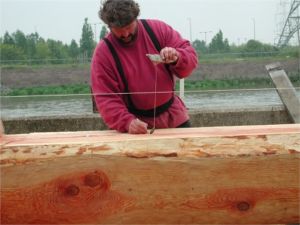 |
||
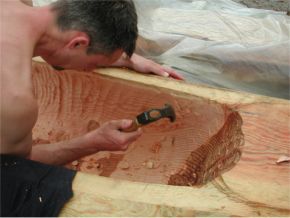 |
The project involved professional woodsmen, boat designers, canoeists, painters and professional and volunteer carvers and painters. It took place at Trinity Buoy Wharf in East London through the generosity of Urban Space Management and Wakehurst Place and Kew Gardens. The project drew enthusiastic crowds fascinated by the tools techniques and the tactile and visual power of the emerging vessel. However the creation of the canoe was only the first part of the the process. The canoe was about to be embedded in a matrix of festivals, symbolic landings and cultural exchanges as it journeys along the waterways. The journey and events, actual and symbolic, will touch the lives of many individuals and communities associated with the Lee Valley Regional Park and its riparian boroughs in a dynamic and creative way. |
|
|
The project has many areas of interest for me as an artist. The first involves the personal, physical involvement with the shaping of material, the use of tools ancient and modern. This in turn involves a concept described by the sculptor Bill Pye as “breaking bread with the ancestors”. Having a sense of continuity and contact with past traditions of artists and craftspeople stretching back to the stone age. A link with the knowledge and skills of long dead hands. |
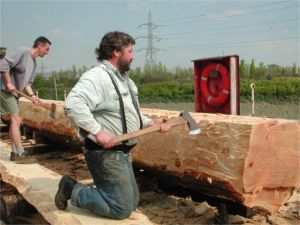 |
|
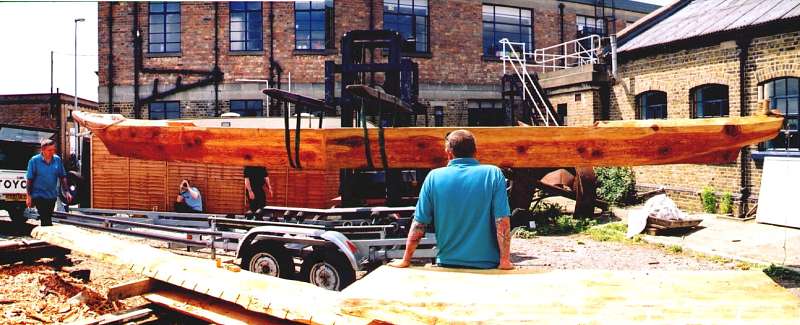 |
||
|
A second is a concern with communality and social identity. The
journey and the creation of the cargoes is designed to encourage the
various disparate communities to define, select and create a cargo that
represents their identities, hopes, fears, their past , present and
future. The exchange of these will, it is hoped, foster a
sense of the Lee Valley Park Community as a whole and enable the various
groups involved to gain greater knowledge and understanding of each other.
|
||